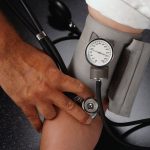
If you have high blood pressure, hitting the gym may be as helpful as taking drugs to lower your numbers, researchers say. There’s “compelling evidence that combining endurance and dynamic resistance training was effective in reducing [blood pressure],” according to the authors of a new report. The British researchers stressed that it’s still too early to recommend that people toss their antihypertensive meds, and exercise instead — there’s not yet been a head-to-head trial of drugs versus exercise for blood pressure. But comparing the numbers from hundreds of blood pressure trials involving either exercise or medication suggests they have the same benefit, said the team led by Huseyin Naci. He’s a health policy researcher at the London School of Economics and Political Science. For now, one U.S. expert said, exercise should be considered an “and” rather than an “or” when it comes to treating high blood pressure. “Exercise is a pillar in the foundation of treatment for hypertension, but for those patients that require drug therapy, exercise is not a replacement for medication,” said Dr. Guy Mintz. He directs cardiovascular health at the Sandra Atlas Bass Heart Hospital in Manhasset, N.Y. The new research was published online Dec. 18 in the British Journal of Sports Medicine. In the study, Naci’s team analyzed data from 197 clinical trials that assessed the effects of structured workouts on… read on >














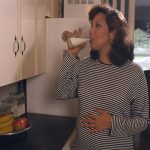
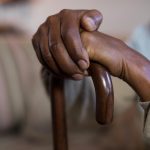



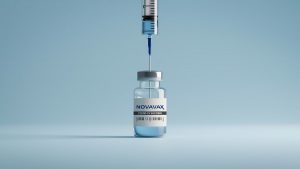


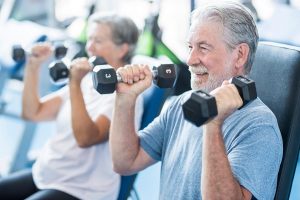








-300x200.jpg)





